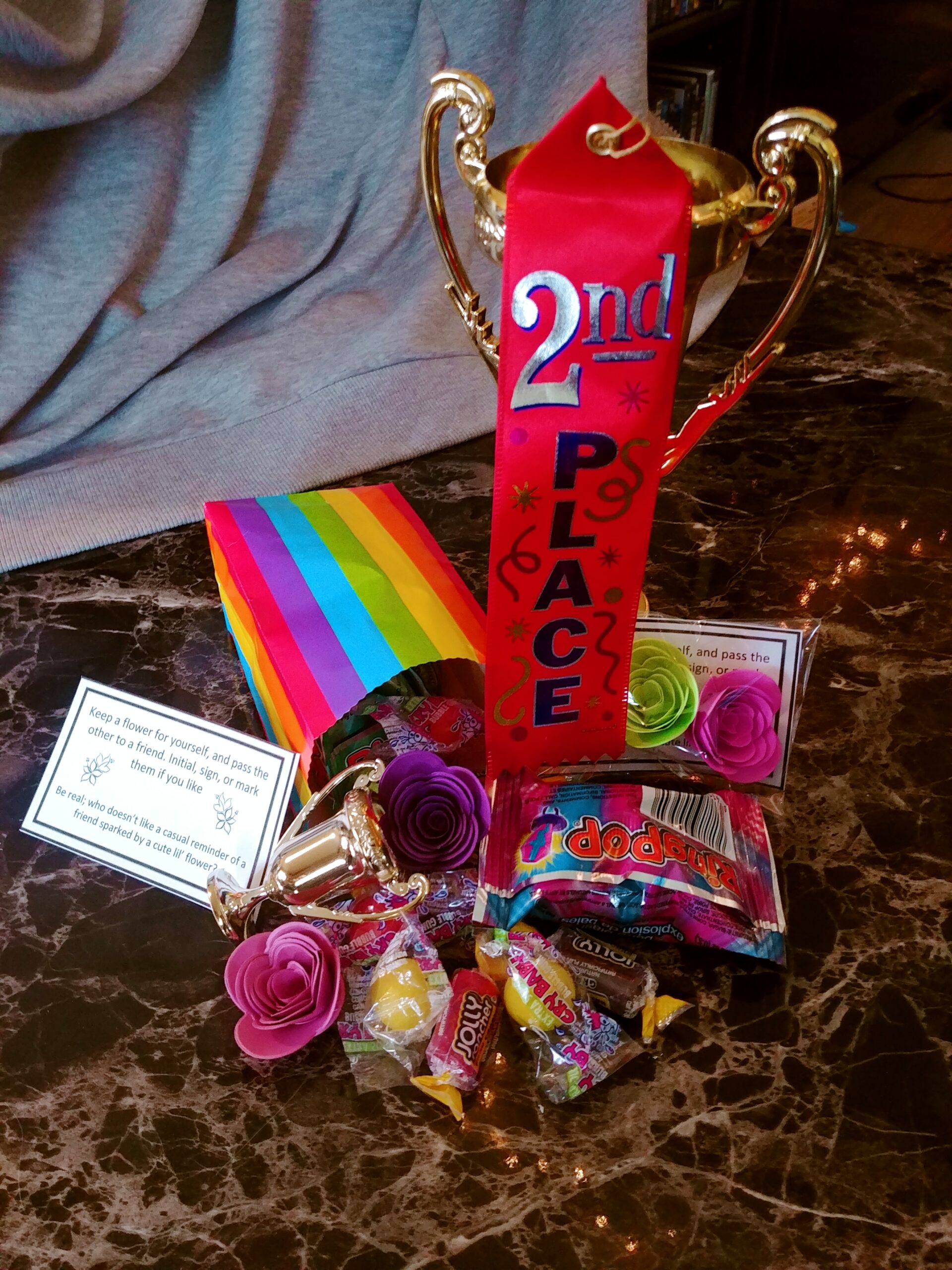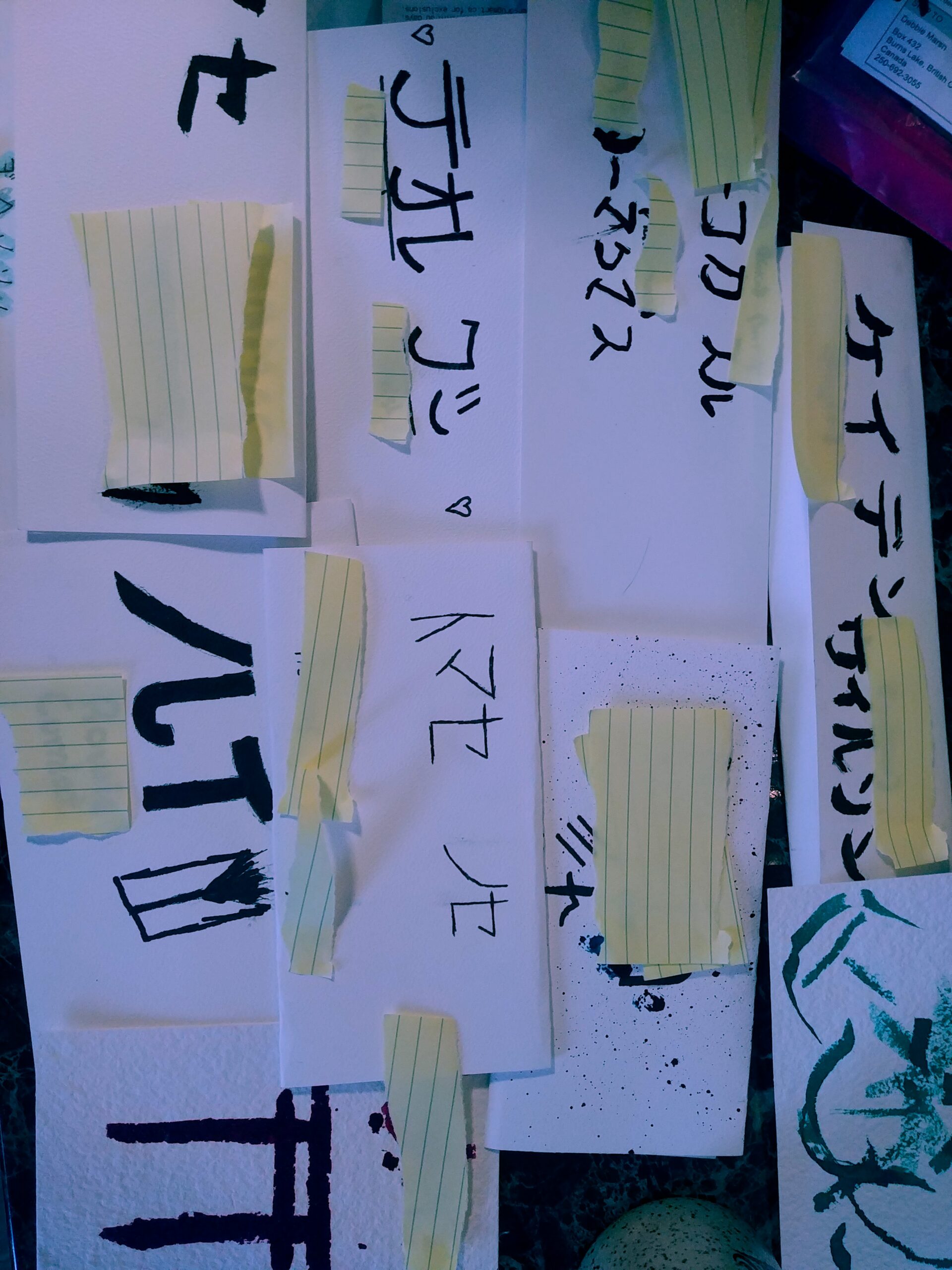My four week practicum for EDUC 490 was spent in a Grade 8 Humanities/Social Studies class with a wonderful coaching teacher. This was my second experience in a grade 8 setting, the first of which was in an English class at Shas Ti Secondary. On the whole it was a great experience from which I have learned a lot. The feedback I got from my students about their experience with me, my lessons, and assignments was so validating for me; as were the amazing connections I developed with the class on day 1. As is my norm, I was wearing my toque; my current one has a subtle anime theme to it which resonated deeply with the majority of my class.
I had the opportunity to practice a lot of my skills during these four weeks, and consequently was able to gather much more clarity regarding the areas I can improve the most and the areas which I am currently the best in. Moreover, I was able to spend time evaluating what features of my pedagogy are most important to me, and what I believe to be the most significant ethical considerations I will bring to my praxis. I experienced first hand, more of the joy of helping students see that they can overcome challenges they believe they can’t. I also experienced first hand the crushing heartbreak associated with seeing a student question their worth; I was quite unimpressed with being the catalyst for that.
Throughout my practicum I continued to work on the stretch I identified in my first practicum, namely that my style of thinking is best suited for upper grades. This is not to suggest that it is not something I will continue to work on as hard as I can, however I am sincerely hoping I am allowed to try teaching outside of grade 8 for my last practicum. My most comfortable vocabulary can be challenging for grade 8 students; but this gave me lots of practice identifying and explaining terms I use most (something my CT said I did extremely well by the end). I also identified some other “stretches” that I will be continuing to work on throughout EDUC 491. These include keeping myself in check while planning so that I do not wind up getting stuck in the minor details of lesson planning, getting students to do “more of the work” than myself, and ensuring that my presence maintains their attention long enough to deliver instructions clearly.
I was also able to identify some more of my strengths during this practicum. I have found that I am very good at getting students to believe in themselves, even when challenges seem too difficult initially. For example, my first lesson began with a class of sceptical students thinking this crazy young adult was expecting them to learn complex Japanese, to a classroom of students who believed they had the skills to play with the Katakana syllabary in order to translate simple words, and their names into a legible type of written and spoken Japanese. We produced name tags for everyone with student translations, and some students extended themselves to writing their own haiku’s in Katakana script. I felt amazing delivering a lesson that inspired the entire class to select their own unique topic and create an informative brochure about it, from samurai to yokai.
The primary form of feedback I received from students during my conversations with them one on one, where I would often ask if they felt I could do anything to make their experiences better, was that they really appreciated how approachable I was. Students told me I was one of the least intimidating teachers they had encountered, which was really reassuring to me because intimidating is the last thing I ever want to be. This also creates a uniquely difficult skill to develop for myself, namely finding that “presence” that commands attention without intimidation. I was certainly getting much better with this closer to the end of my practicum, and I have spent a good deal of time considering how to establish that much earlier on in my next practicum.
If I was to identify one of the “best” and one of the “worst” parts of my practicum, I would have to start with the “best,” by mentioning the Jeopardy game I did for a unit test. This was the best memory I have, as the students truly enjoyed themselves, used competition to focus and learn, and LOVED the prizes I had made/brought in. This was the unit test for The Renaissance, and was composed of 50 questions ranging from simple true/false, to difficult single detail questions which had the students laughing at their absurdity. I kept score and awarded each of the four teams a price based on their scores, from 1st to 4th. Every single student in the class thanked me for doing this, and I could really tell they felt relief from blowing off the steam.
The unfortunate “worst” part of my practicum ended on an amicable note, but still broke my heart. The first day I was allowed to be in class to observe, etc., after completing a formal lesson plan, one of the students who had a more difficult time in school largely due to issues of anxiety, etc. She recognised my toque, and was familiar with the anime. She got so excited because for her this registered as a reason to see me as trustworthy and approachable. Not to mention, she had extreme issues of self image, and seeing a professional wearing a toque to work was doing a lot to help her feel comfortable wearing a hat as well. After asking me if my hat was from the anime it was from, she divulged to me that toques make her feel safe, but that she gets made fun of for wearing them. I responded by saying “as far as feeling more safe, I understand that completely” and I tapped my toque to show why. I also told her that she should never let herself feel hurt by what others think of the way she dresses.
I told her that slowly, but surly, the world is changing. There was once a time when teachers would be hired against for having tattoos, this is no longer the case; surely too there will come a time when the therapy for the individual wearing the toque will be placed before the judgemental social narrative that gaslights people into thinking wearing what makes them feel comfortable somehow makes them “lesser” as a professional or as a human. Unfortunately, she noticed when I stopped wearing my hat every day, and wondered if it was because I had decided I thought they looked silly, like everybody else. Interesting position to arrive at, should I be honest? Should I lie? How do I confidently tell a student that they should be able to dress the way that makes them feel comfortable and safe, when I am, for whatever reason, choosing to dress in a way that does not do so for me?
“World will change, slowly but surely.” I replied, “but until it does, we can also practice being brave. Trust me, it goes back on as soon as I make it to my car.” She laughed quite hard at this, but the lingering feeling felt like a poison. As teachers, I feel like part of our job is to encourage and foster a healthy self image in our students. There is legitimate medical research backing up the psychological alleviation provided for individuals suffering from social anxiety for any number of reasons by the simple constriction of their parasympathetic nervous system; something achieved by the application of a comfortable hat. Especially when we are in a pandemic, and placing an emphatic focus on student mental health, we should be doing whatever we can to encourage healthy habits. Yet I had compromised, and consequently that student questioned, if even for a moment, if they deserved to feel safe and comfortable by wearing their hat too. As teachers we are meant to lead by example as exemplars for truth, and the student saw contradictions. I am fascinated by the complexities of this line, and intend to continue considering them in depth.
This practicum was full of eye opening experiences for me. I learned that I am much more approachable and able to connect to for students than I had once thought. I learned a lot about lesson planning, what I struggle with most about it and how to make that process easier. I also learned specifically how important it is for me to be a force within education striving to ensure that each student maintains a healthy and positive self image. I want to advocate for a society that prioritises psychological well-being above arbitrary and often vain, colonial hierarchies that equate appearance to worth.
I am so thankful for the opportunity to participate in EDUC 490 practicum, for all the help my CT and PE provided me with, in patience, feedback, and understanding. I am also very eager, and excited to take what I have learned in this practicum, and use it to supplement my success in EDUC 491. Hopefully with one of the other 4 available grades at high school, as it would be such a benefit to have a rounded experience coming out of the program, but no matter what I am going to give it my all. I owe it to those who have helped me thus far, those who actually care, and for those who I will teach in the future.
Thank you.




